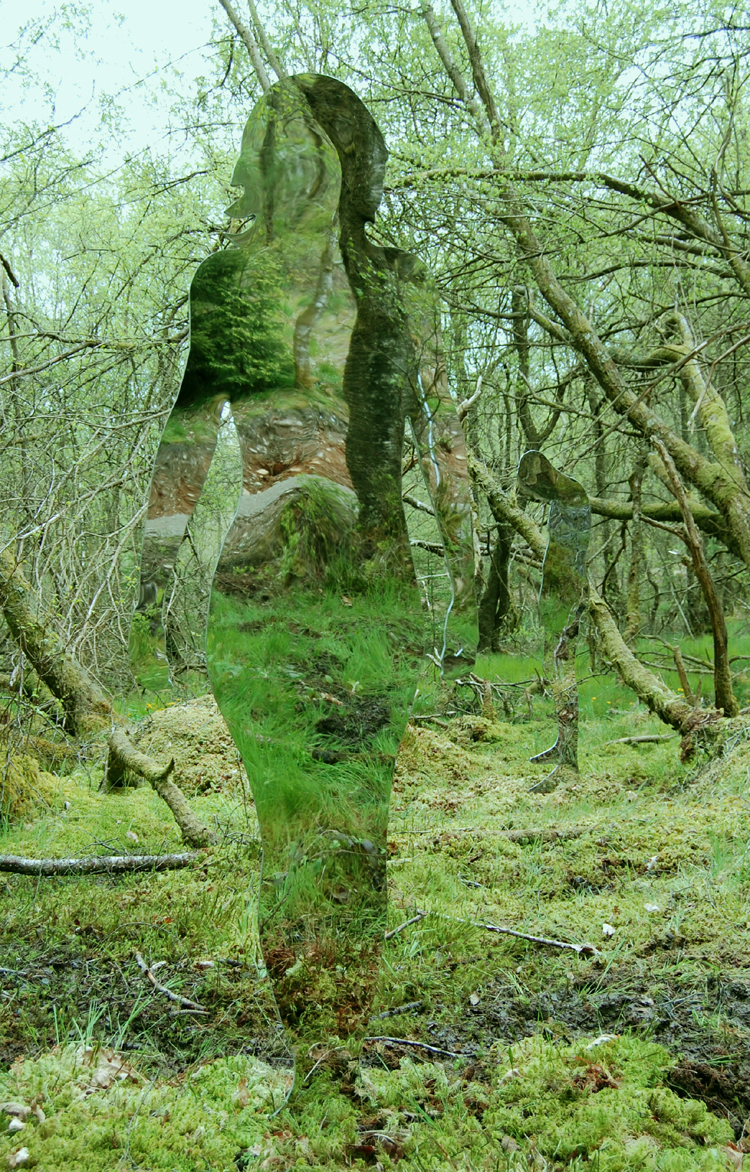
Cassils
Inextinguishable fire
The title of the piece references Harun Farocki’s 1969 film of the same name, which approaches the impossible task of effectively depicting the horror of napalm on film. Cassils’s gesture of self-immolation speaks to both the desire for–and the impossibility of–knowing such horror, even while decisively aiming to approach it. Though the stunt is a simulation of violence, it still presents real danger. This possibly volatile situation–and the attempt to control it–is captured to create an image where danger, empathy for those experiencing violence, and the privilege of removal from such circumstance operate simultaneously in one transparent performance.



